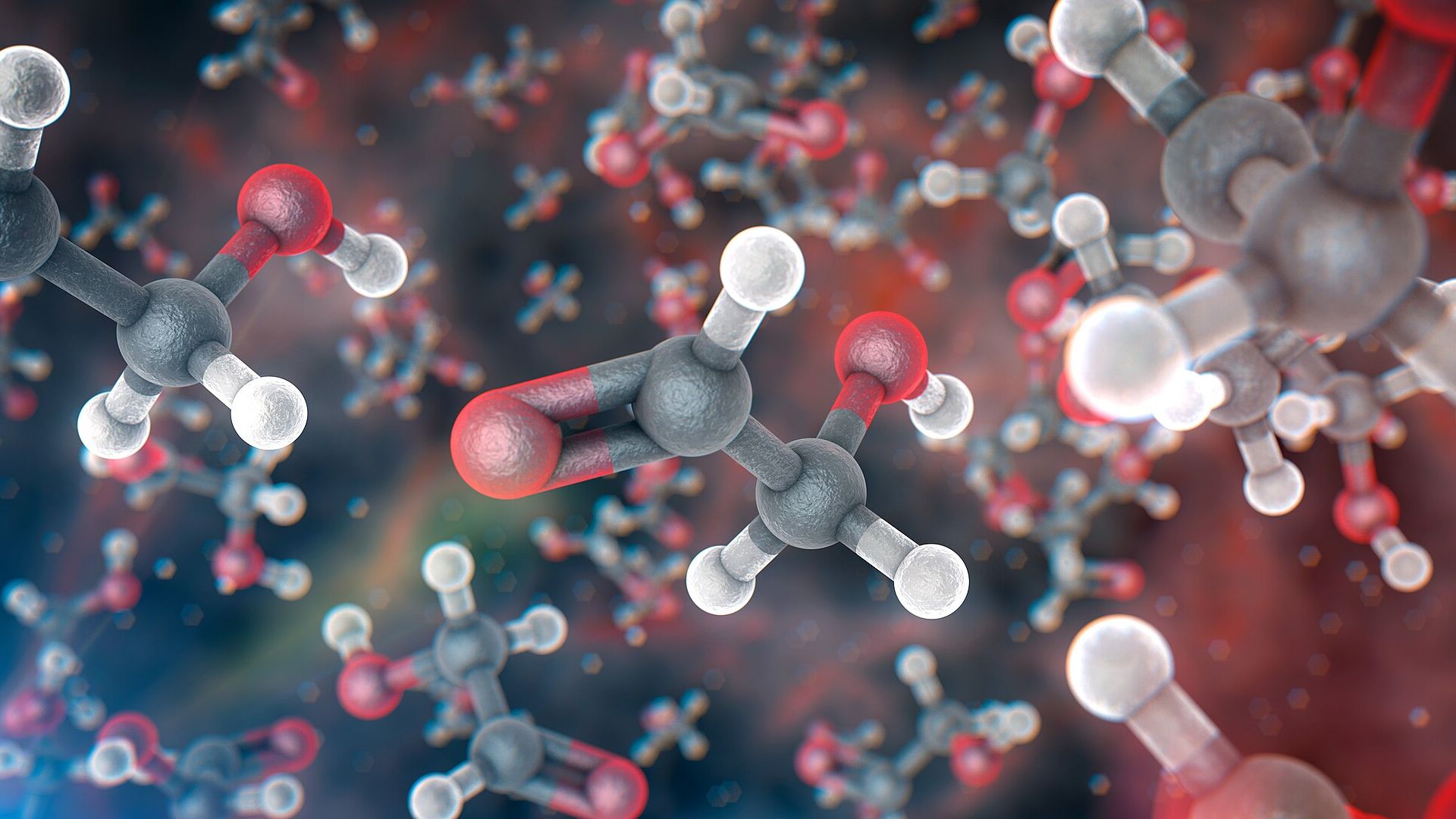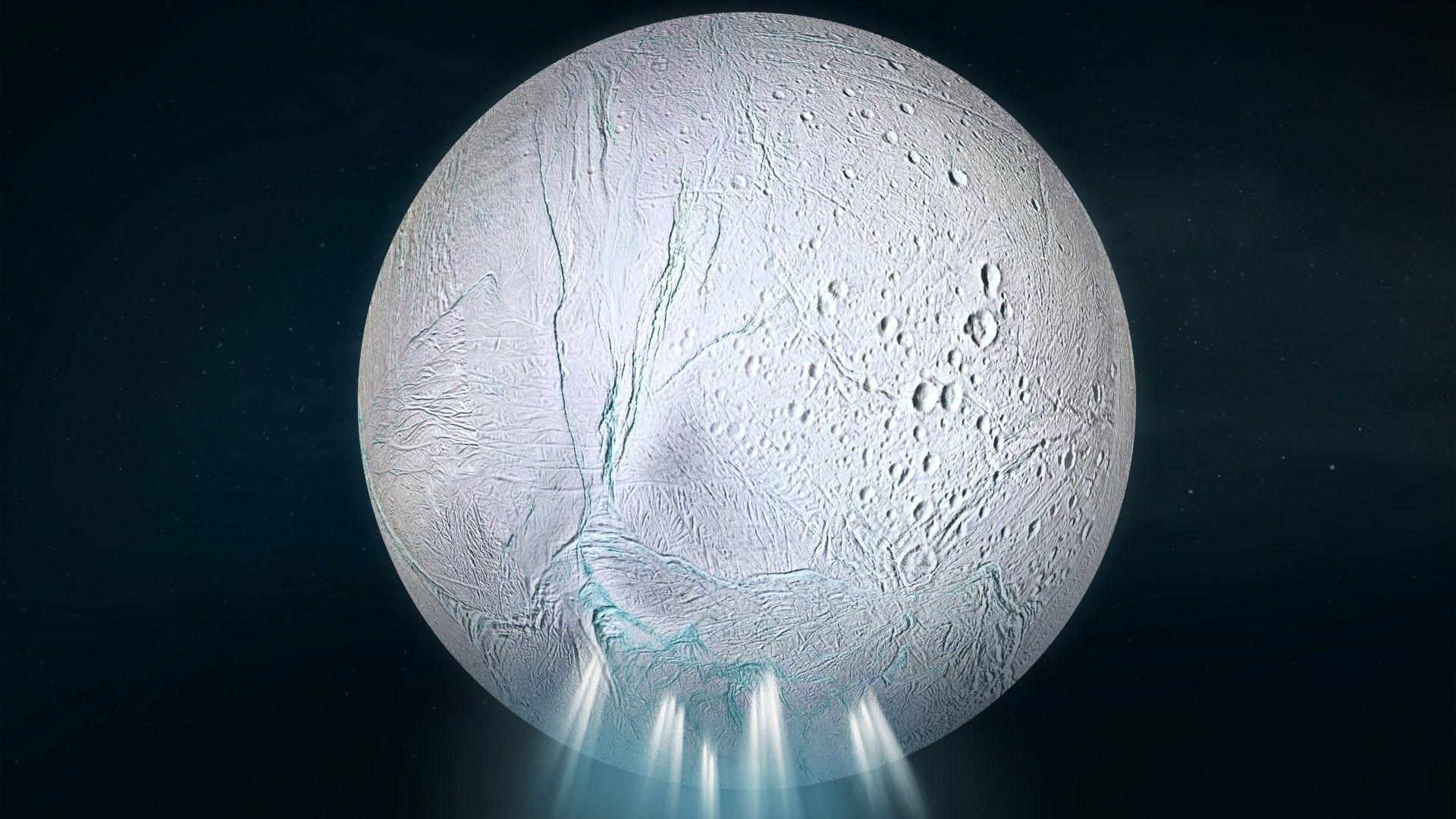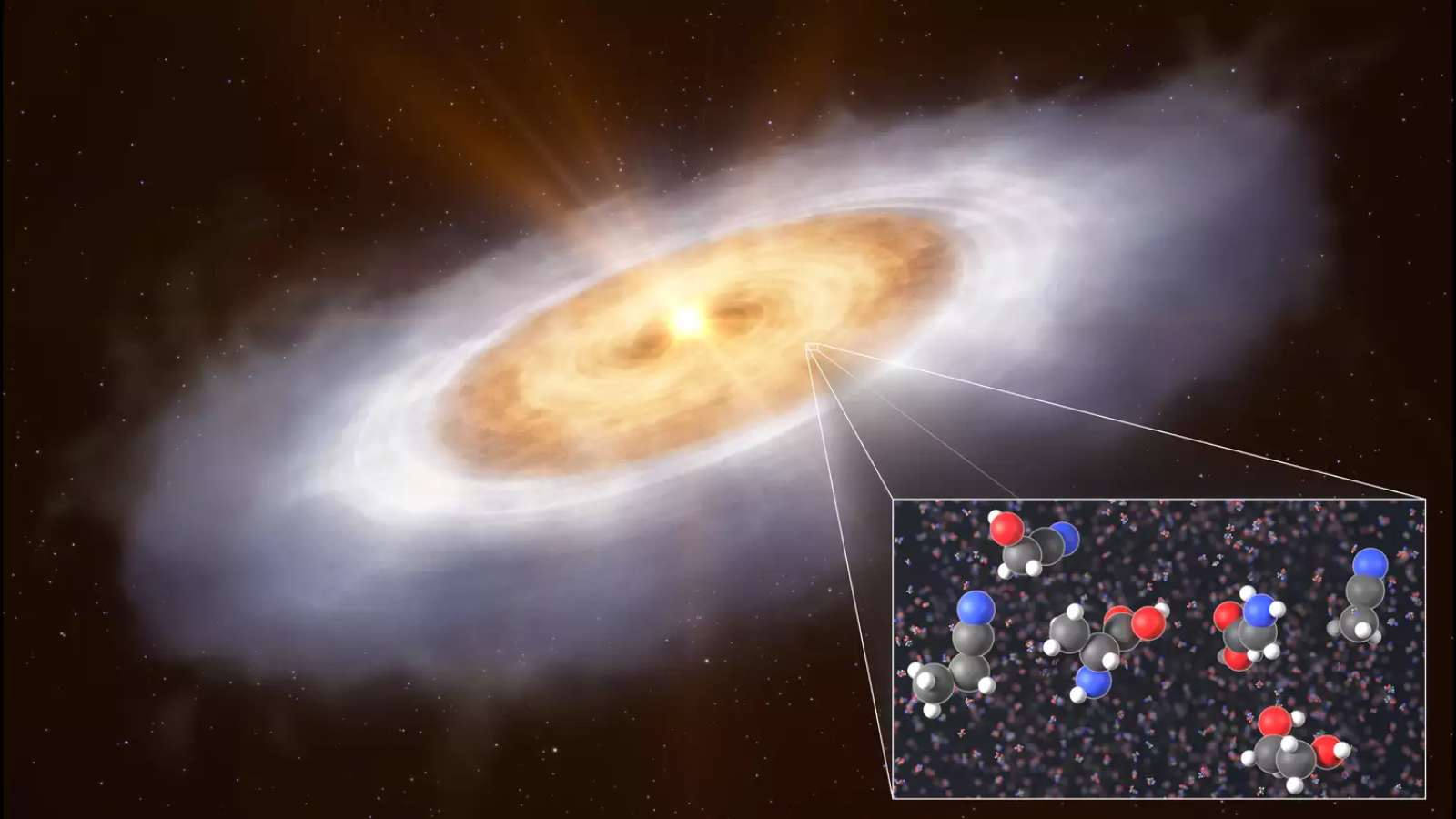Space keeps a record of chemistry that started long before Earth formed. Carbon bonds with hydrogen, oxygen, nitrogen, and sulfur to build “organic molecules,” and those compounds show up all over the place. Telescopes and spacecraft find them in comet gases, in interstellar dust, and in primitive rocks. This matters because planets can inherit those ingredients instead of making everything …
Read More »Tag Archives: organic
Space radiation can produce some organic molecules detected on icy moons
This article was originally published at Eos. The publication contributed the article to Space.com’s Expert Voices: Op-Ed & Insights. New laboratory research suggests that some organic molecules previously detected in plumes erupting from Saturn’s moon Enceladus may be products of natural radiation, rather than originating from the moon’s subsurface ocean. This discovery complicates the assessment of the astrobiological relevance of …
Read More »Chemistry Nobel awarded to three scientists for their work on metal organic frameworks
Georgina RannardScience reporter Getty Images The Nobel Prize for Chemistry has been awarded to Susumu Kitagawa, Richard Robson, and Omar M Yaghi for their work on metal-organic frameworks. The three scientists’ work could be used to tackle some of the biggest problems on our planet, including capturing carbon dioxide that could help tackle climate change or reducing plastic pollution using …
Read More »Saturn’s moon Enceladus is shooting out organic molecules that could help create life
Complex organic molecules that form part of the chain of chemical reactions that can result in life’s building blocks have been found in the watery geysers of Enceladus, almost twenty years after the plumes were first sampled by NASA’s Cassini spacecraft. Cassini‘s mission to the ringed planet Saturn ended in 2017, but scientists are still making findings buried deep in …
Read More »Proof Of Complex Organic Molecules In Enceladus’s Ocean Means A Better Chance Of Finding Life
It was exactly two decades ago that the Cassini mission discovered that underneath the surface of Enceladus, one of the icy moons of Saturn, there is a deep ocean. Thanks to the mission, we have learned that the moon is releasing geysers into space, forming another ring of Saturn: the E Ring. In those geysers, researchers found evidence of complex …
Read More »Detection of organic compounds in freshly ejected ice grains from Enceladus’s ocean
Srama, R. et al. The Cassini Cosmic Dust Analyzer. Space Sci. Rev. 114, 465–518 (2004). Article ADS Google Scholar Waite, J. H. et al. The Cassini Ion and Neutral Mass Spectrometer (INMS) investigation. Space Sci. Rev. 114, 113–231 (2004). Article ADS Google Scholar Esposito, L. W. et al. The Cassini Ultraviolet Imaging Spectrograph investigation. Space Sci. Rev. 115, 299–361 (2004). …
Read More »Redox-driven mineral and organic associations in Jezero Crater, Mars
Farley, K. A. et al. Mars 2020 mission overview. Space Sci. Rev. https://doi.org/10.1007/s11214-020-00762-y (2020). Farley, K. A. et al. Aqueously altered igneous rocks sampled on the floor of Jezero Crater, Mars. Science 377, eabo2196 (2022). Article ADS CAS PubMed Google Scholar Simon, J. I. et al. Samples collected from the floor of Jezero Crater with the Mars 2020 Perseverance rover. …
Read More »Top chemistry journals of 2024: Impact factors and citation metrics across analytical, organic, physical and medicinal chemistry
In June, Clarivate, the owner of Web of Science, released the 2025 update to the Journal Citation Reports that is described as a ‘comprehensive overview of the world’s leading and trusted academic journals’. Only those journals that have met Clarivate’s quality standards are featured and, for the first time, the release excluded citations to and from retracted content when calculating …
Read More »Is life widespread throughout the cosmos? Complex organic molecules found in planet-birthing disk
Astronomers have detected signs of complex organic molecules, the precursors to the building blocks of life as we know it, in a planet-forming disk around a distant star. The findings imply that the chemical seeds of life are constructed in space and are then spread to young or newly forming planets. Using the Atacama Large Millimeter/ submillimeter Array (ALMA), a …
Read More »







